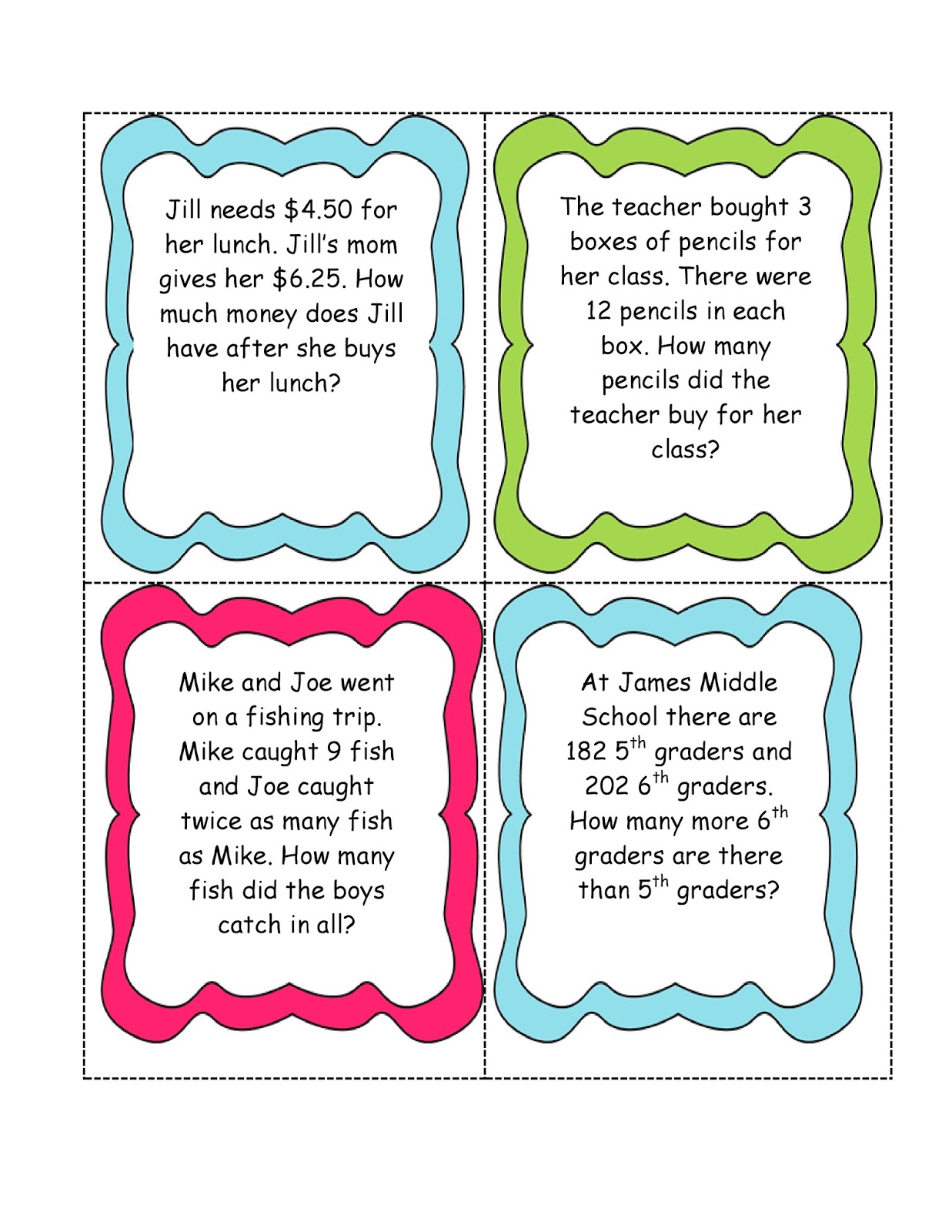Imagine a crisp autumn afternoon. The leaves are turning, and a vendor at a farmer's market carefully arranges his apples. He has 20 red apples and 15 green ones. This simple scene holds within it the essence of a math story problem. It's a glimpse into how math intertwines with our daily lives, often unseen yet fundamentally present.
Simple math story problems, sometimes called word problems, present mathematical concepts within a narrative context. They offer a bridge between abstract numbers and tangible situations, making math more relatable and less intimidating. Instead of simply calculating 20 + 15, a story problem invites us to consider the total number of apples the vendor has, grounding the calculation in a real-world scenario.
The history of math story problems is deeply intertwined with the history of mathematics itself. Ancient civilizations used narrative-based problems to teach practical mathematics related to trade, construction, and astronomy. These early story problems weren't just exercises; they were tools for understanding and navigating the world. This tradition continues today, as story problems remain a cornerstone of mathematics education.
The importance of these seemingly simple exercises cannot be overstated. They are crucial for developing foundational mathematical skills, fostering critical thinking, and enhancing problem-solving abilities. They encourage logical reasoning and the ability to translate words into mathematical equations, a skill essential for applying math in diverse contexts.
One of the main issues surrounding story problems is the difficulty some learners experience in translating the narrative into a mathematical equation. Deciphering the language, identifying the relevant information, and choosing the correct operation can be challenging. However, overcoming this challenge strengthens analytical skills and deepens mathematical understanding.
A simple math story problem provides a narrative context for a mathematical operation. For example: "If Lisa has 3 cookies and her friend gives her 2 more, how many cookies does Lisa have in total?" This translates to the equation 3 + 2 = 5.
Benefits of simple math story problems include: 1. Improved problem-solving skills by breaking down complex scenarios into manageable steps. 2. Enhanced critical thinking through analyzing information and identifying relevant data. 3. Increased real-world application of math by connecting abstract concepts to tangible situations.
An action plan for incorporating story problems can involve starting with simple scenarios and gradually increasing complexity. Use relatable examples like sharing toys, buying groceries, or planning a trip. Success can be measured by improved problem-solving abilities and increased confidence in applying math concepts.
Advantages and Disadvantages of Simple Math Story Problems
| Advantages | Disadvantages |
|---|---|
| Enhances problem-solving | Can be challenging for some learners |
| Connects math to real-world | Requires strong reading comprehension |
| Develops critical thinking | May be time-consuming |
Best practices for implementing story problems include using clear and concise language, relating problems to students' interests, providing visual aids, encouraging collaborative problem-solving, and offering varied levels of difficulty.
Real examples: 1. Sharing toys. 2. Calculating the cost of groceries. 3. Determining travel time. 4. Measuring ingredients for baking. 5. Figuring out change from a purchase.
Challenges can include difficulty understanding the problem, choosing the correct operation, and translating words into equations. Solutions involve breaking down the problem, using visual aids, and practicing regularly.
FAQs: 1. What is a math story problem? 2. Why are story problems important? 3. How can I improve my skills in solving story problems? 4. What are some common mistakes to avoid? 5. Where can I find more practice problems? 6. How can I make story problems more engaging? 7. Are there different types of story problems? 8. How can I help my child with story problems?
Tips and tricks include visualizing the scenario, highlighting keywords, breaking down the problem into smaller steps, and checking the answer for reasonableness.
In conclusion, simple math story problems are much more than just exercises. They are powerful tools for cultivating essential math skills, nurturing critical thinking, and connecting abstract concepts to the vibrant tapestry of everyday life. From the ancient marketplace to the modern classroom, story problems have played a vital role in shaping mathematical understanding. By embracing the elegance and practicality of these seemingly simple narratives, we unlock a deeper appreciation for the power and pervasiveness of mathematics. Let's encourage exploration, celebrate problem-solving, and empower the next generation of mathematical thinkers through the engaging world of story problems. Take the time to incorporate them into your learning journey, and witness the transformative impact they can have on your mathematical abilities and overall understanding of the world around you. Start with simple scenarios, gradually increase complexity, and discover the joy of unlocking mathematical insights through the power of narrative.
Easy Addition Problems For Kindergarten - The Brass Coq
Math Problems For First Graders Online - The Brass Coq
Free Printable Math Word Problems For 2Nd Grade - The Brass Coq
10 Multi Step Word Problems 5Th Grade Worksheets - The Brass Coq
5th Grade Math Word Problems Free Worksheets with Answers - The Brass Coq
3 Free Math Worksheets First Grade 1 Addition Add 3 Single Digit Number - The Brass Coq
Easy Math Problems For 1st Graders - The Brass Coq
simple math story problems - The Brass Coq
Simple WORD PROBLEMS for kindergarten Addition Words Addition Word - The Brass Coq
Word Problem For Kindergarten - The Brass Coq
1st Grade Word Problems - The Brass Coq
Addition and Subtraction Word Problems Worksheets For Kindergarten and - The Brass Coq
simple math story problems - The Brass Coq
Third Grade Word Problems - The Brass Coq
Common Math Word Problems - The Brass Coq














